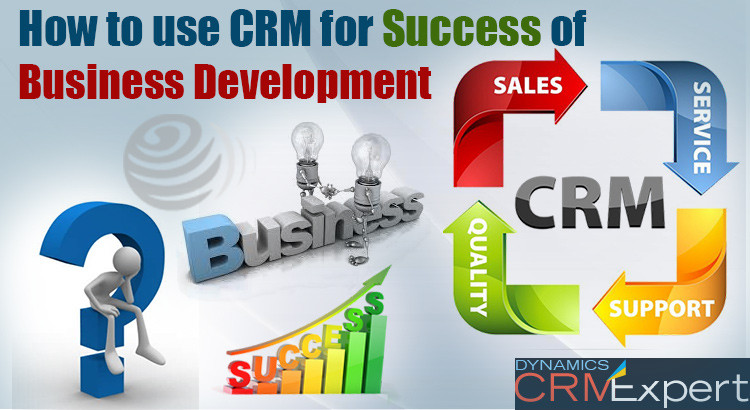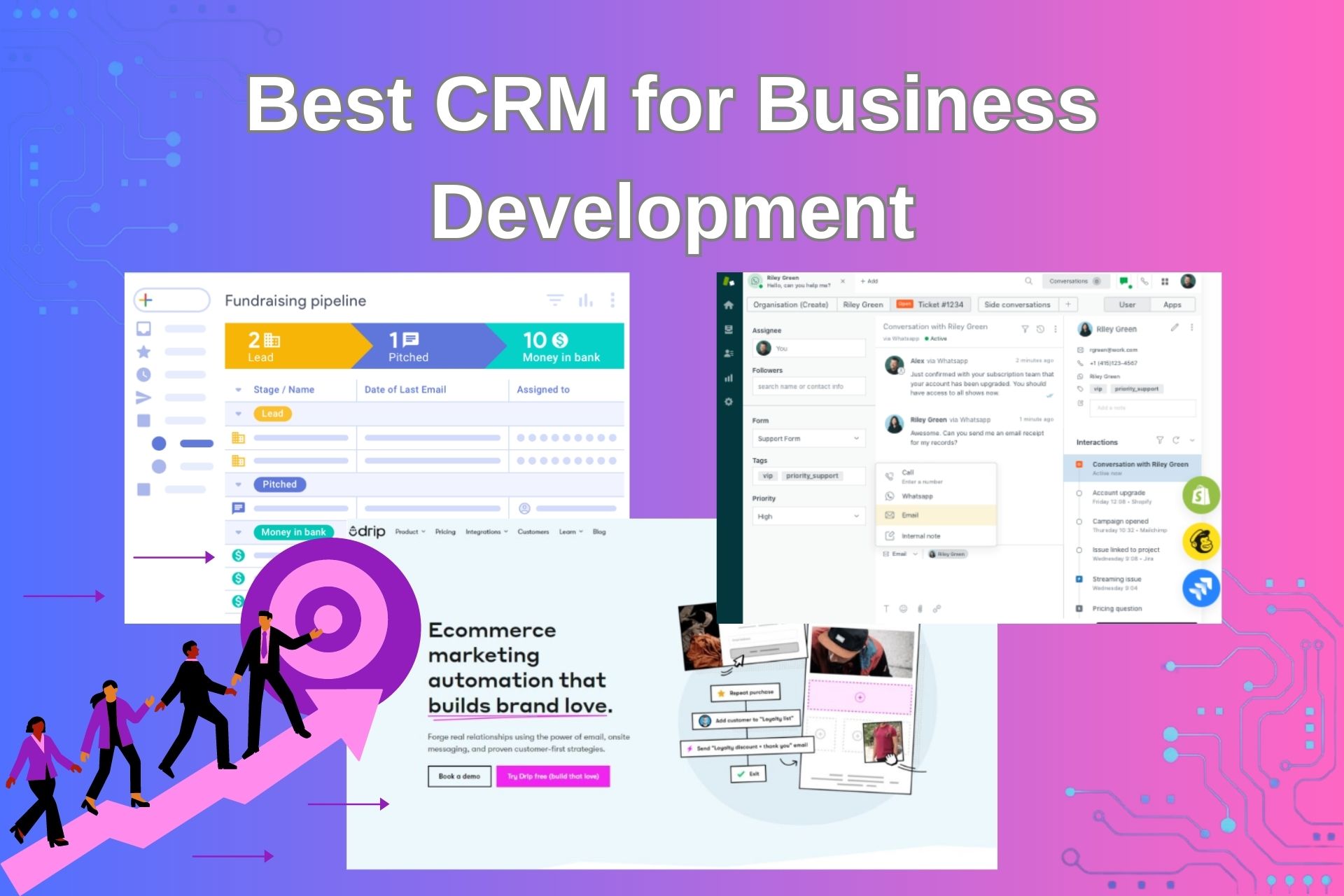crm business development strategies for business growth is rapidly becoming a game changer for companies looking to maximize sales, streamline customer relationships, and drive expansion. With an increasing reliance on technology to manage client data and interactions, businesses are finding that a well-implemented CRM can be the backbone of smart business development.
By integrating CRM systems, organizations can systematically manage leads, automate routine tasks, and gain valuable insights from real-time analytics. From lead generation and nurturing to sales pipeline management and personalized customer journeys.
- Continuously communicate CRM updates, new features, and success stories to maintain momentum.
Methods to Use CRM for Lead Generation and Nurturing
A standout advantage of CRM platforms is their ability to streamline lead generation and nurturing. Business development teams can leverage built-in tools to identify prospects, segment lists, score leads, and create tailored nurturing workflows that guide contacts from interest to conversion.
Techniques for Lead Identification, Segmentation, and Scoring
Modern CRM solutions offer advanced capabilities for parsing leads and prioritizing outreach efforts. These techniques ensure that resources are allocated to contacts most likely to generate value.
- Lead identification: Capture leads automatically from website forms, social media, events, and inbound inquiries, consolidating them into a unified CRM view.
- Segmentation: Group leads based on attributes such as industry, company size, engagement level, or geographic location for targeted outreach.
- Lead scoring: Assign numeric values to leads based on behavioral data (such as email opens, website visits, or demo requests) and firmographic information, allowing sales teams to focus on high-potential opportunities.
Lead Nurturing Workflows and Conversion Goals
The table below illustrates different CRM-powered lead nurturing workflows, their target audience segments, anticipated touchpoints, and end-goals for conversion. These workflows maximize the efficiency and relevance of business development campaigns.
| Workflow | Target Segment | Touchpoints | Conversion Goal |
|---|---|---|---|
| Automated Welcome Series | New Leads from Website | 3–4 personalized emails in the first week | Book a sales call or product demo |
| Industry-Specific Nurture | Segmented by Vertical | Targeted case studies, webinars, follow-up emails | Qualified lead for tailored proposal |
| Re-engagement Campaign | Dormant Contacts | Email offers, feedback surveys, reactivation calls | Reactivate interest and schedule meeting |
| Upsell and Cross-sell Workflow | Existing Customers | Product recommendations, loyalty offers, review requests | Increase deal size or renew contracts |
Personalized Communication and Engagement Examples, Crm business development

CRMs enable highly personalized communication strategies that drive deeper engagement. With access to detailed client profiles and interaction histories, business development teams can craft outreach that resonates.
- Personalized email sequences addressing the contact’s industry pain points and relevant case studies.
- Triggered follow-up calls or messages based on specific behaviors, such as attending a webinar or downloading a whitepaper.
- Dynamic content recommendations on landing pages tailored to the lead’s previous interactions with the brand.
Data Analysis and Reporting for Strategic Business Growth

CRM analytics and reporting capabilities empower business development leaders to make informed, data-driven decisions. By visualizing performance trends and tracking key metrics, organizations can refine their strategies for long-term growth.
Actionable Insights from CRM Analytics
CRM systems consolidate data from every customer interaction, providing a rich foundation for analysis. This data can reveal patterns in lead conversion, sales cycle length, and customer engagement, allowing leadership to identify high-performing tactics and areas for improvement.
“By tracking win rates and deal velocity in our CRM dashboard, we were able to adjust our targeting and shorten our average sales cycle by 20% in a single quarter.”
Procedures for Report Generation and Performance Measurement
Regularly generating and reviewing reports is crucial for strategic pipeline management and forecasting. The following procedures help ensure business development teams remain aligned and proactive:
- Schedule automated reports on lead generation, conversion rates, and lost opportunities to identify bottlenecks.
- Utilize dashboard visualizations to monitor the health of the sales pipeline at every stage.
- Compare performance across teams, territories, or campaigns to highlight best practices and replicate success.
Visualization Tools for Better Decision-Making
Modern CRM dashboards provide intuitive visualization tools—such as funnel charts, heat maps, and trend lines—that make it easy for decision-makers to interpret complex data quickly. These visual aids are instrumental in guiding strategy meetings and executive reviews.
“Data visualization in CRM dashboards transformed our business development meetings, making it simple to spot emerging trends and reallocate resources where they have the greatest impact.”
Personalization and Customer Experience Enhancement via CRM: Crm Business Development
Delivering a tailored customer experience is a major competitive differentiator. CRM systems help organizations deliver personalized engagement at every stage of the customer journey, from the initial contact to post-sale support.
Methods to Enhance Customer Satisfaction and Loyalty
There are several proven methods for using CRM tools to delight customers and build long-term loyalty. Leveraging customer data and interaction history, businesses can anticipate needs and provide value beyond the first sale.
- Automated birthday or anniversary greetings, offering special discounts or recognition.
- Proactive support based on product usage data or previously reported issues.
- Personalized renewal reminders and loyalty program invitations, increasing retention rates.
- Timely follow-ups after purchase to gather feedback and resolve potential issues promptly.
Customer Segmentation and Targeted Campaign Execution
Segmentation is a core strength of CRM platforms. By grouping customers based on behavior, demographics, or lifecycle stage, business development teams can deliver campaigns that speak directly to each audience’s unique needs.
- Segmenting customers by recent purchase activity to deliver upsell offers at the optimal moment.
- Identifying at-risk accounts using engagement scores, then launching targeted win-back campaigns.
- Deploying multi-channel campaign sequences—across email, SMS, and social media—ensuring consistent messaging and increased response rates.
For example, a SaaS company might use CRM data to identify high-value accounts that haven’t adopted a new feature, then run a targeted campaign offering exclusive onboarding sessions and incentives for early adoption.
Integrating CRM with Other Business Development Tools
CRM platforms gain even more value when integrated with the broader ecosystem of business development tools. Seamless integrations enable the free flow of information, automate processes, and minimize manual data entry across the tech stack.
Comparison of Integration Capabilities and Productivity Impact
The table below compares common tools integrated with CRM systems, focusing on their integration ease, primary business function, and productivity outcomes:
| Tool/Platform | Integration Capability | Primary Purpose | Productivity Impact |
|---|---|---|---|
| Email & Calendar | Native plug-ins, real-time sync | Automate scheduling and communication logging | Eliminates double entry, prevents missed follow-ups |
| Marketing Automation | API and pre-built connectors | Aligns lead nurturing and scoring with sales | Unifies messaging, improves lead handoff |
| Business Intelligence (BI) Tools | Data exports, dashboard embedding | Advanced analytics and reporting | Deeper insight, enhanced forecasting |
| VoIP/Telephony | Click-to-call, call logging integrations | Streamlined outreach and call tracking | Faster communication, improved sales activity tracking |
Role of APIs and Third-Party Connectors

APIs (Application Programming Interfaces) and third-party connectors play a critical role in maximizing the flexibility and scalability of CRM systems. They allow organizations to customize workflows, synchronize data across platforms, and automate complex business development processes without manual intervention. For example, integrating a CRM with a proposal generation tool via API can enable business development reps to auto-populate proposals with CRM data, reducing errors and speeding up the sales cycle.
Ultimate Conclusion
In summary, crm business development is not just a tool but a strategic asset that can redefine how organizations approach growth. By harnessing robust features, embracing data-driven decisions, and staying ahead of trends, businesses of any size can enjoy improved productivity, stronger customer relationships, and measurable returns on investment. The future of business development lies in smart CRM adoption and continuous innovation.
FAQ Insights
What is the main purpose of CRM in business development?
The main purpose is to organize and manage customer information, streamline sales processes, and help teams build stronger relationships to drive growth.
Can CRM systems help small businesses with limited resources?
Yes, many CRM solutions are scalable and budget-friendly, making them ideal for small businesses aiming to organize and grow their customer base efficiently.
How does CRM improve team collaboration?
CRM centralizes data, task assignments, and communication, allowing teams to work together seamlessly and stay updated on customer interactions.
Is CRM difficult to integrate with existing business tools?
Most modern CRMs offer integrations with popular business tools and platforms, and many provide APIs or plugins to simplify the process.
What are common signs a business needs a CRM system?
If a business struggles with tracking leads, loses sales opportunities, or finds it hard to personalize customer communications, it’s likely time to consider a CRM.
